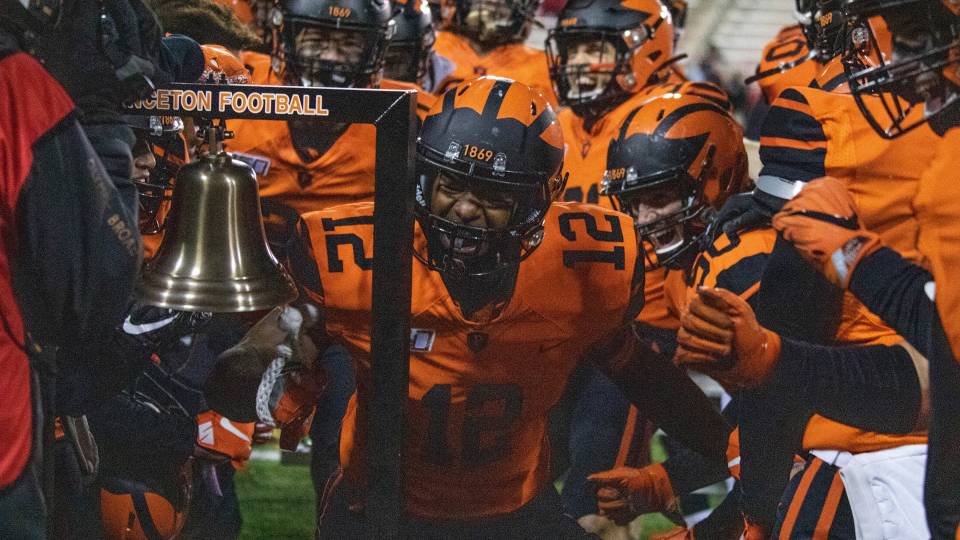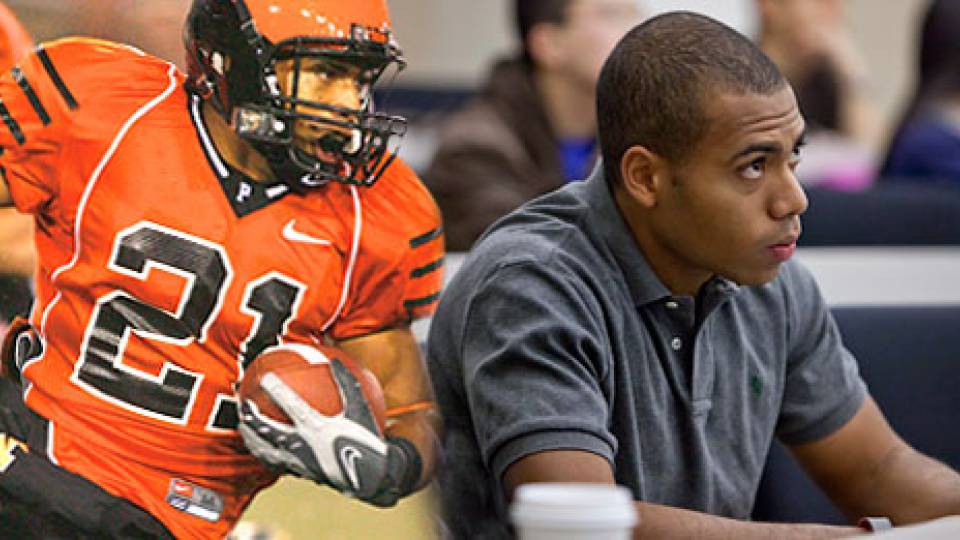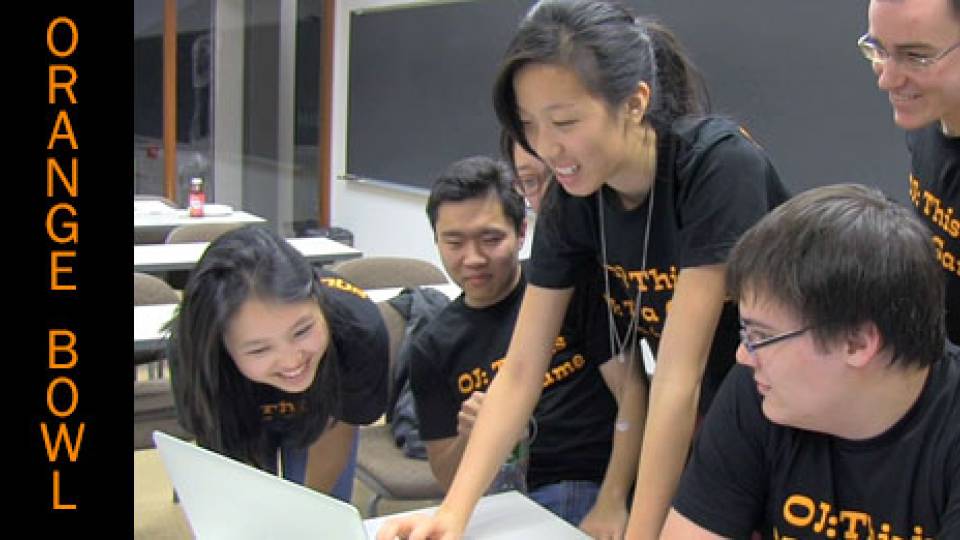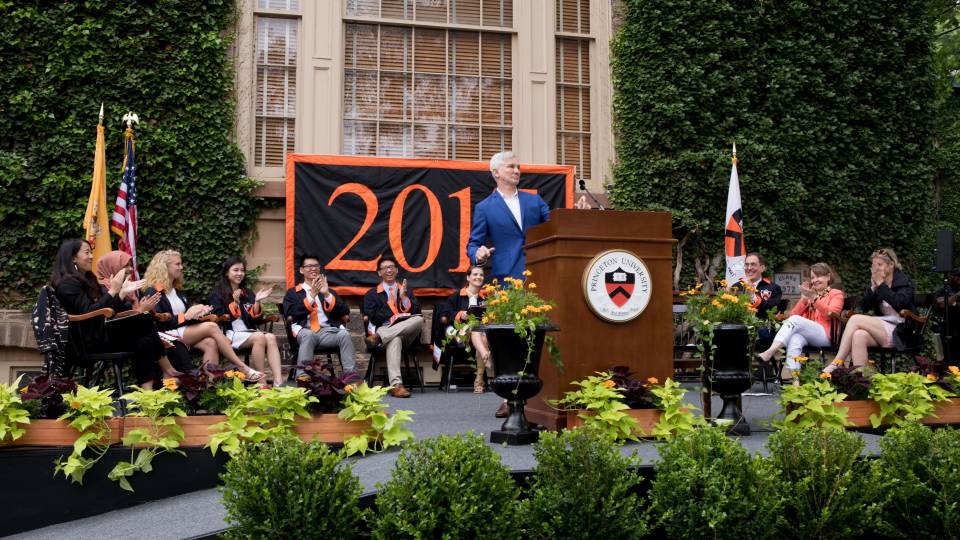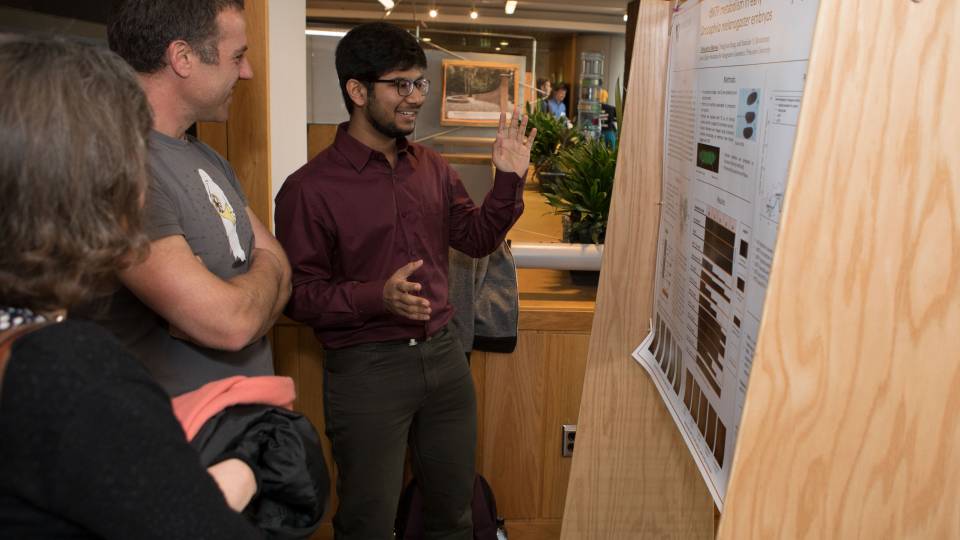With Super Bowl Sunday quickly approaching, many of us are planning to gather with friends and family to watch the game and maybe even play a game of pickup during the hours leading up to kick off. How can you throw that perfect winning touchdown pass?
Professor of Physics, Emeritus, Edward Groth explains the physics of a football pass, including why a spiral is important, how the shape of the ball has contributed to long-distance passing, and how quarterbacks can adapt their passes to external conditions.
